Background:
I have an older home automation system that I'd like to use for controlling my gas fireplace (flame and fan separately). Due to the automation system's age (and unknown manufacturing issues) new parts (such as a GPIO unit) are hard to come by. I've reversed engineered the communication protocol from the existing fireplace controller to the fireplace using a microcontroller. Now I want to instruct that microcontroller to send the appropriate messages based upon output from a ceiling fan controller that is compatible with my home automation system.
The controller:
Insteon Fan Controller
The controller has two AC outputs, one for the light, and one for the fan. The light output was easy enough to measure...seems to be a TRIAC which I run through one of these guys: Voltage transformer
I get a nice sine wave output centered at 2.5V whose amplitude changes with the dimming of the light...perfect!
The fan output, however, is a different story. The controller has 4 fan levels, Off, Low, Medium, High. All levels (except off) look the same on the output of the voltage transformer (same amplitude, same phase). I'm guessing the fan controller uses in inline capacitor to control the fan speed as discussed here.
The question:
Given the above I put together a rough circuit diagram:
What can I put inline (or possibly in parallel) with the voltage transformer to better differentiate low, medium, and high (that isn't going to dissipate a large amount of heat)?
